Oil and Gas Superalloy Components Manufacturer
Superalloy Oil and Gas Parts Manufacturing Services
Neway offers processes like vacuum investment casting, single crystal casting, superalloy directional casting, CNC machining, hot isostatic pressing (HIP), and thermal barrier coating. They manufacture custom high-temperature nuclear parts such as valves, impellers, nozzles, seals, and casings.

Oil and Gas Superalloy Parts Manufacturing Solutions
Neway uses several manufacturing processes for oil and gas superalloy parts, including vacuum investment casting, equiaxed casting, and directional casting for components like valves and exhaust systems. CNC Machining and Electrical Discharge Machining (EDM) ensure high precision. Hot Isostatic Pressing (HIP), heat treatment, and welding enhance the strength and durability of parts like impellers, casings, and corrosion-resistant components.
Oil and Gas Superalloy Material Solutions
The oil and gas industry relies on superalloys like Inconel, Hastelloy, Monel, Stellite, and Rene for their strength, corrosion resistance, and heat tolerance. These materials are essential in downhole tubing, valves, compressors, pumps, and subsea equipment, withstanding extreme temperatures, pressures, and corrosive environments. Their durability ensures reliable performance in drilling operations, refining processes, and offshore platforms.
Oil and Gas Parts Post Process and Surface Treatment Solutions
Neway offers post-processing such as Hot Isostatic Pressing (HIP), heat treatment, and welding for superalloy components like valves, casings, and impellers. Surface treatments like Thermal Barrier Coating (TBC) and corrosion-resistant coatings can be applied to parts such as exhaust systems and nozzle rings, enhancing durability, heat resistance, and performance in harsh oil and gas environments.
Superalloy Components In Oil and Gas Industry
Neway has produced superalloy components like valves, impellers, casings, exhaust systems, and turbine discs for the oil and gas industry. We use Vacuum Investment Casting, Equiaxed and Directional Casting, CNC Machining, and Powder Metallurgy. Post-processes like Hot Isostatic Pressing (HIP), heat treatment, welding, and coatings ensure these critical parts' durability, corrosion resistance, and high-temperature performance.

learn more
Direct Reading Spectrometer

learn more
Tensile Testing Machine Checking

learn more
X-ray Checking

learn more
Thermal Physical Properties Test Platform
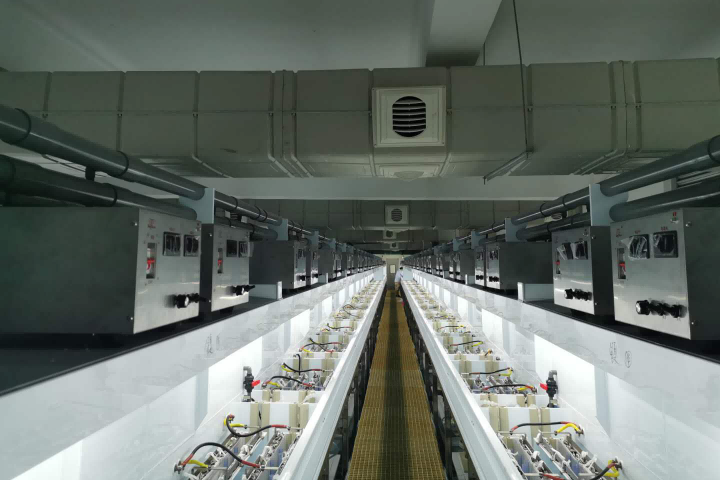
learn more
Corrosion Production Line

learn more
Dynamic and Static Fatigue Tester

learn more
Electron Backscattering Diffractometer (EBSD)

learn more
Inductively Coupled Plasma Optical Emission Spectrometer (ICP-OES)

learn more
3D Scanning Measuring Instrument Checking

learn more
Coordinate Measuring Machine (CMM)

learn more
Glow Discharge Mass Spectrometer (GDMS)
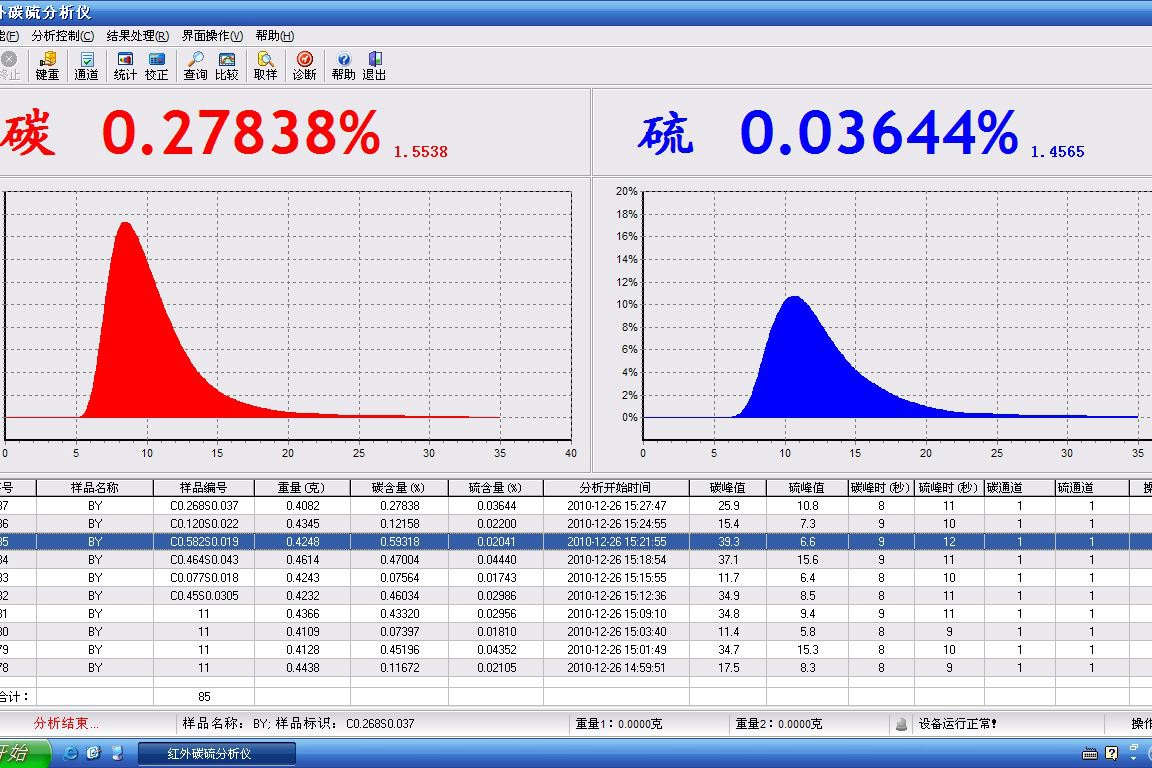
learn more
Carbon Sulfur Analyzer Checking
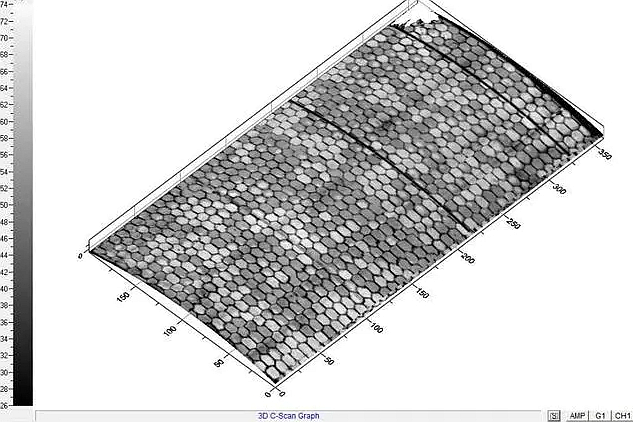
learn more
Water Immersion Ultrasonic Inspection

learn more
Line Array Industrial CT(GE)

learn more
Scanning Electron Microscope (SEM) Checking

learn more
Simultaneous Thermal Analyzer (STA) Checking
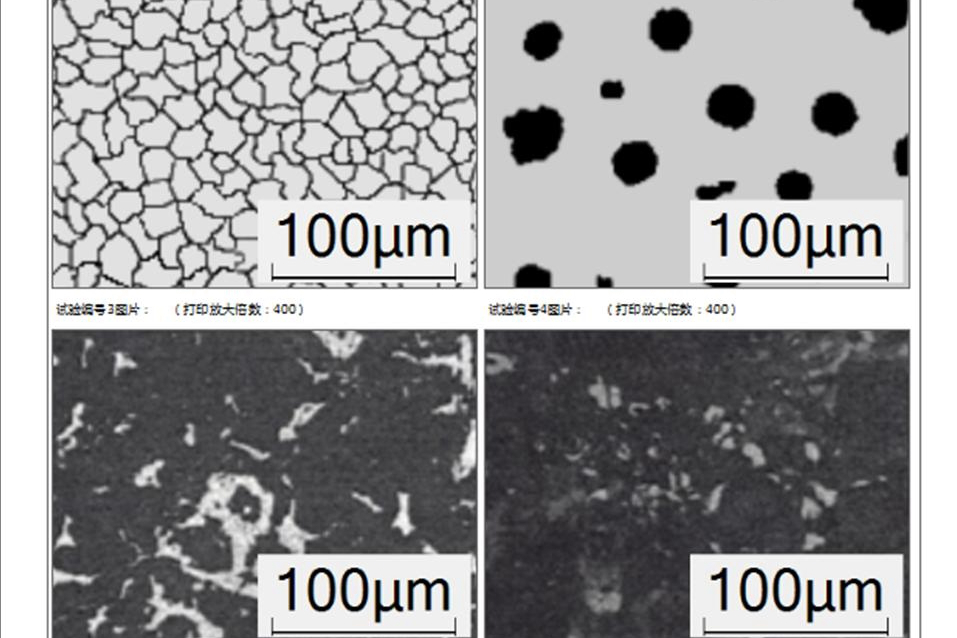
learn more
Metallographic Microscopy Checking
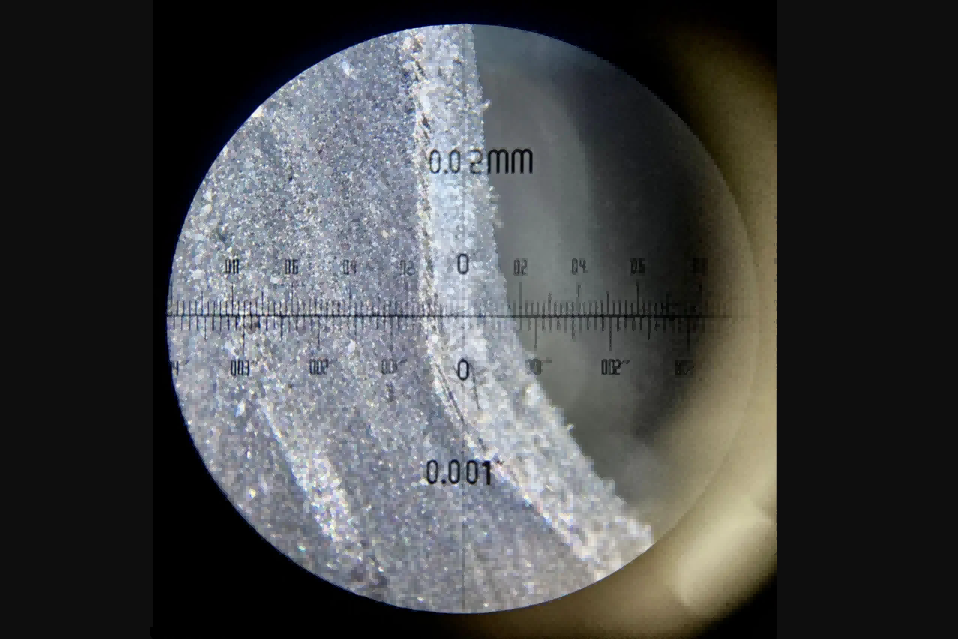
learn more
Stereo Microscope Checking

learn more
New Technology
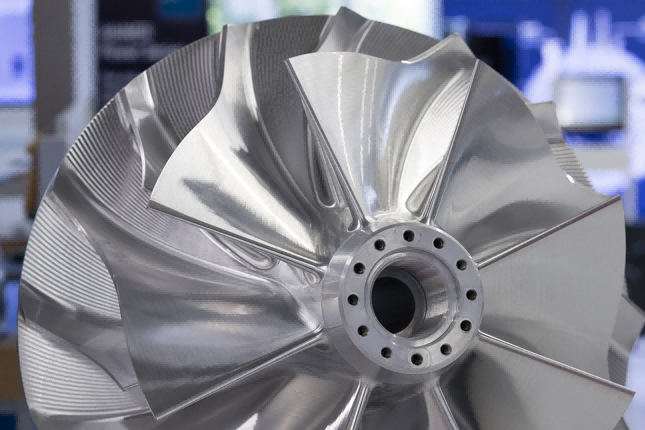
learn more
Products Gallery
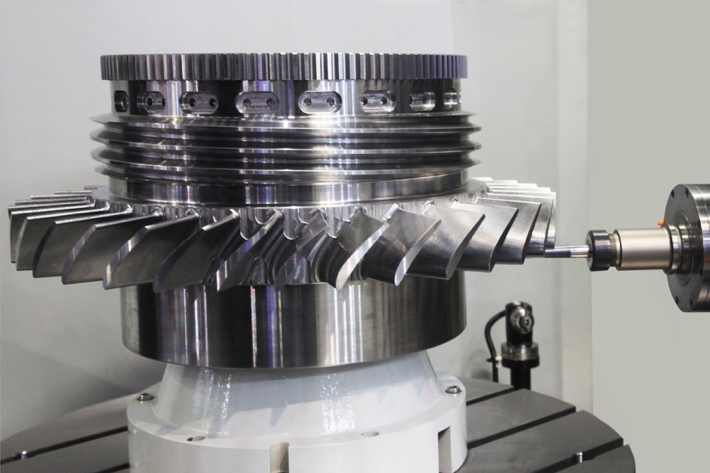
learn more
Various Industries

learn more
Surface Finishings

learn more
Post-Process

learn more
Manufacturing Technology

learn more
R&D and Simulation

learn more
Manufacturing Equipments

learn more
Testing Equipments

learn more
3D Printing Prototyping

learn more
FAQs

learn more
Contact
Let's Start A New Project Today












